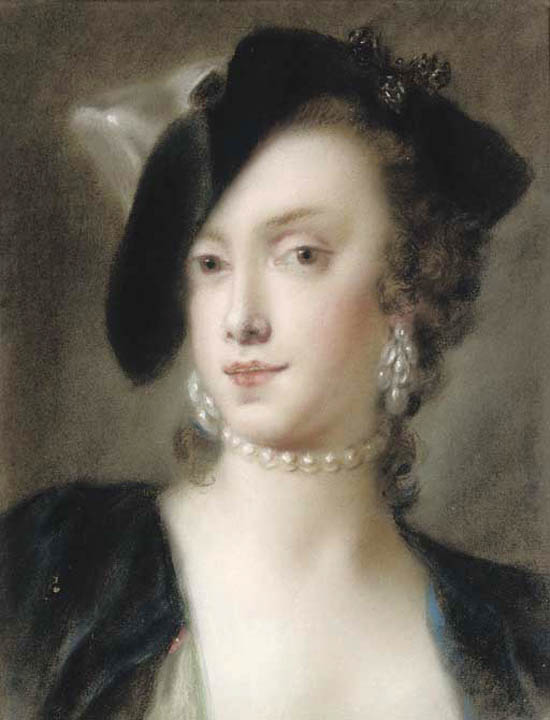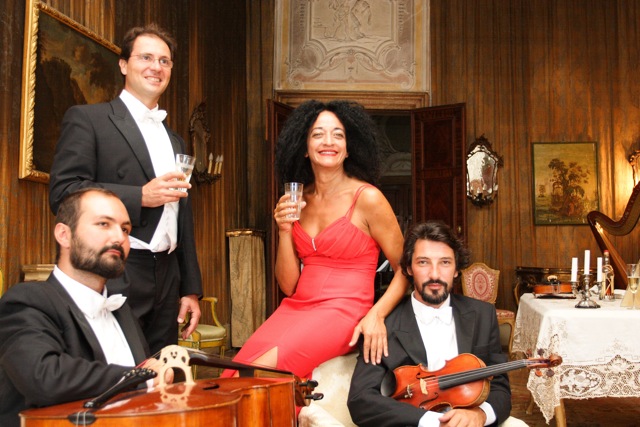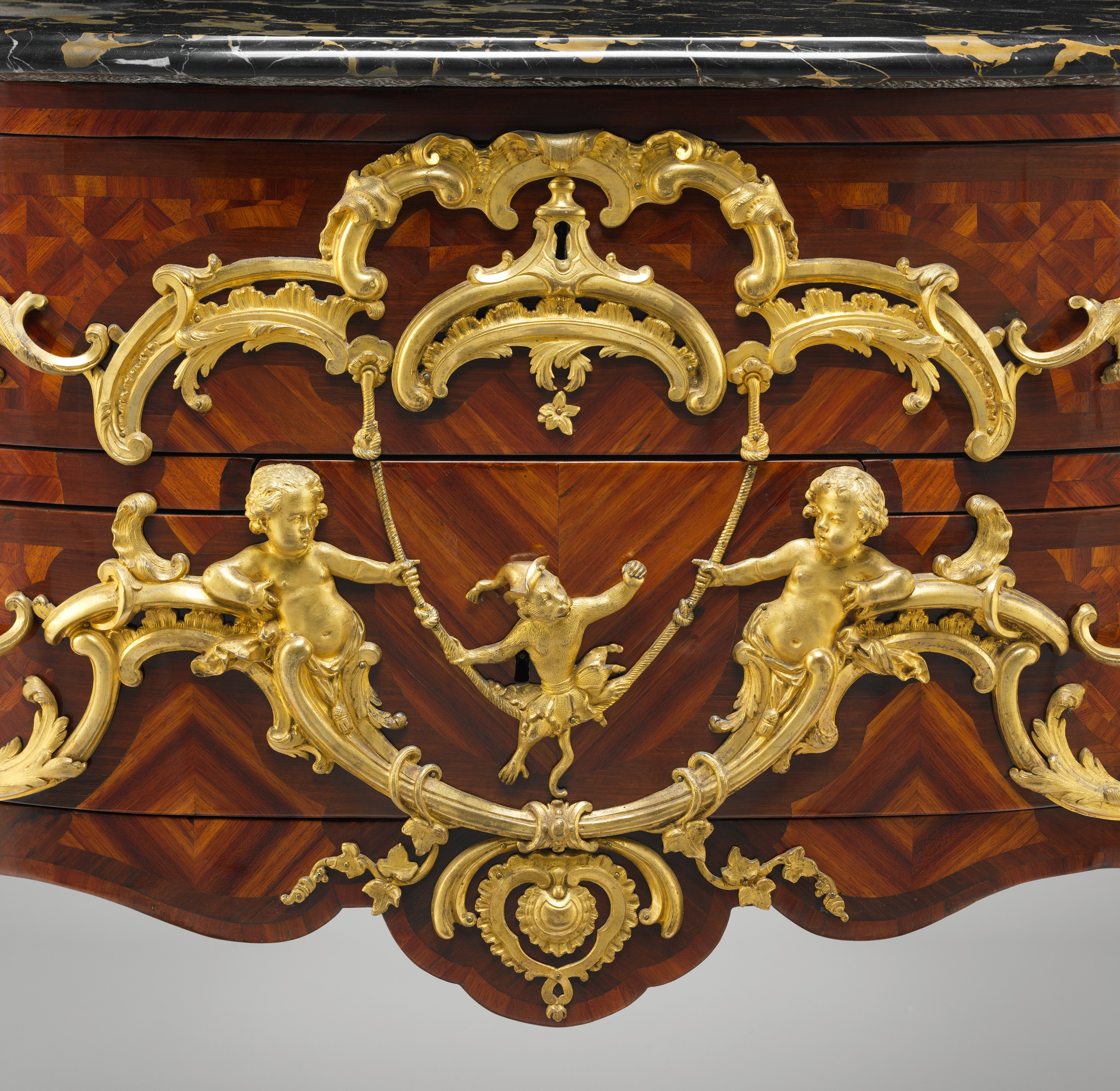|
Palazzo Barbarigo Minotto
The Palazzo Barbarigo Minotto (also called Palazzo Minotto Barbarigo) is a 15th-century palace on the Grand Canal in Venice, northern Italy, next to the much larger Palazzo Corner.Jan-Christoph RößlerPalazzo Minotto Barbarigo Palazzi veneziani - architettura a Venezia Built in the Venetian Gothic style, it was originally two palaces, Palazzo Barbarigo and Palazzo Minotto, later joined together. The Barbarigo palace was owned by the Barbarigo family for several centuries and was the birthplace of Gregorio Barbarigo, who once refused the Papal Crown. It was later owned by the Minotto and Martinengo families. Three staterooms face the Grand Canal and another three face Rio Zaguri. In the first half of the 18th century frescoes and paintings by Giovanni Battista Tiepolo, Francesco Fontebasso and Carpoforo Tencalla were commissioned by Pietro Barbarigo. Its chapel has Louis XIV Style elm flooring inlaid with olive-root marquetry. The palace's doors, are in the same style, band ... [...More Info...] [...Related Items...] OR: [Wikipedia] [Google] [Baidu] |
Ca Corner
CA or ca may refer to: Businesses and organizations Companies * Air China (IATA airline code CA) * CA Technologies, a U.S. software company * Cayman Airways, a Cayman Islands airline * Channel America, a defunct U.S. television network * Classic Army, a Hong Kong-based manufacturer of airsoft replicas * Coal & Allied, Australian mining company * Continental Airlines, a U.S. airline * Creative Assembly, a PC game developer * Crédit Agricole, a major French bank Government and political * Bureau of Consular Affairs, a division of the U.S. Department of State * Canadian Alliance, a former Canadian political party * Centre Alliance, Australian political party formerly known as Nick Xenophon Team * Citizens' Alliance, a political party in Trinidad and Tobago * Combined authority, a local government entity in the United Kingdom * Commission on Appointments, a body of the Congress of the Philippines * Conservatives Abroad, overseas wing of the British Conservative Party * Count ... [...More Info...] [...Related Items...] OR: [Wikipedia] [Google] [Baidu] |
Caterina Sagredo
Caterina Sagredo Barbarigo (14 July 1715 – 11 February 1772), was a Venetian aristocrat, a casino holder and somewhat notorious salonniére. Biography She was the daughter of Gerardo Sagredo of the aristocratic Sagredo family. She married twice: Antonio Pisaro in 1732, and Gregorio Barbarigo of the aristocratic Barbarigo family in 1739. Her only daughter was Contarina Barbarigo. Caterina Sagredo Barbarigo was famous for her beauty and intellectual pursuits, was described as a skillful rider and became known for her travels. She hosted a literary salon counted among the most notable in contemporary Venice, and supported the inoculator Domeniceti. The Casino case Caterina Sagredo Barbarigo is also known for her conflict with the Venetian Inquisition. She operated a popular casino at the Giudecca. Venice become famous for its casinos at this point. The clergy and the Inquisition found these businesses scandalous, because at the casinos, both men and women from the nobility ... [...More Info...] [...Related Items...] OR: [Wikipedia] [Google] [Baidu] |
Piano Nobile
The ''piano nobile'' (Italian for "noble floor" or "noble level", also sometimes referred to by the corresponding French term, ''bel étage'') is the principal floor of a palazzo. This floor contains the main reception and bedrooms of the house. Characteristics The ''piano nobile'' is usually the first storey (in European terminology; second floor in American terms), or sometimes the second storey, containing major rooms, located above the rusticated ground floor containing the minor rooms and service rooms. The reasons for this were so the rooms above the ground floor would have finer views and to avoid the dampness and odours of the street level. This is especially true in Venice, where the ''piano nobile'' of the many '' palazzi'' is especially obvious from the exterior by virtue of its larger windows and balconies, and open loggias. Examples of this are Ca' Foscari, Ca' d'Oro, Ca' Vendramin Calergi, and Palazzo Barbarigo. Larger windows than those on other floors are usu ... [...More Info...] [...Related Items...] OR: [Wikipedia] [Google] [Baidu] |
Musica A Palazzo
Musica a Palazzo, since 2005, have produced opera performances staged in the Palazzo Barbarigo Minotto, a Venetian Gothic palace facing the Grand Canal (Venice), Grand Canal. The piano nobile of the palace, with its backdrop of frescoes by Giovanni Battista Tiepolo, Tiepolo and sculptures by Carpoforo Tencalla, is its main performing space. The performing style follows the 19th-century Italian practice of "Salotto Musicale" (Musical Salon (gathering), Salon). The operas are performed without a stage, with the audience becoming part of the scene. The program alternates famous operas, such as Giuseppe Verdi, Verdi's ''La traviata'' and Gioachino Rossini, Rossini's ''The Barber of Seville'', with ''Duetti d'amore'', a selection of love duets from ''La bohème'', ''Tosca'', ''Don Giovanni'', ''Rigoletto'' and other popular operas. The musicians, a string trio and a piano, have performed in concert halls around the world, including Lincoln Center for the Performing Arts, Lincoln Cent ... [...More Info...] [...Related Items...] OR: [Wikipedia] [Google] [Baidu] |
Alcova
Alcova is a census-designated place (CDP) in Natrona County, Wyoming, United States. It is part of the Casper, Wyoming Metropolitan Statistical Area. The population was 34 at the 2020 census. Wyoming's center of population is located in the small Town of Alcova. Alcova and the nearby reservoir, Alcova Lake, are popular vacation spots with many seasonal residents. Geography According to the United States Census Bureau, the CDP has a total area of 1.25 square miles (3.2 km), of which 1.21 square miles (3.1 km) was land and 0.04 square miles (0.1 km) (3.0%) was water. Climate According to the Köppen Climate Classification system, Alcova has a semi-arid climate, abbreviated "BSk" on climate maps. Demographics At the 2000 census there were 20 people, 7 households, and 7 families in the CDP. The population density was 70.7 people per square mile (27.6/km). There were 15 housing units at an average density of 53.0/sq mi (20.7/km). The racial make ... [...More Info...] [...Related Items...] OR: [Wikipedia] [Google] [Baidu] |
Rocaille
Rocaille ( , ) was a French style of exuberant decoration, with an abundance of curves, counter-curves, undulations and elements modeled on nature, that appeared in furniture and interior decoration during the early reign of Louis XV of France. It was a reaction against the heaviness and formality of the Louis XIV style. It began in about 1710, reached its peak in the 1730s, and came to an end in the late 1750s, replaced by Neoclassicism. It was the beginning of the French Baroque movement in furniture and design, and also marked the beginning of the Rococo movement, which spread to Italy, Bavaria and Austria by the mid-18th century. Overview Rocaille was exuberant and inspired by nature like Rococo, but, unlike Rococo, it was usually symmetrical and not overloaded with decoration. It took its name from the mixture of rock, seashell and plaster that was used to create a picturesque effect in grottos during the Renaissance, and from the name of a seashell-shaped ornament which wa ... [...More Info...] [...Related Items...] OR: [Wikipedia] [Google] [Baidu] |
Abbondio Stazio
Abbondio is the name of: People * Abbondio Marcelli (1932–2015), Italian rower * Abbondio Sangiorgio (1798–1879), Italian sculptor * Abbondio Smerghetto (1931–2018), Italian rower * Abundius, saint Places * Sant'Abbondio, former municipality in Switzerland * Serra Sant'Abbondio, municipality in Italy See also * Abondio, surname * Abundio, given name {{given name ... [...More Info...] [...Related Items...] OR: [Wikipedia] [Google] [Baidu] |
Tiepolo
Giovanni Battista Tiepolo ( , ; March 5, 1696 – March 27, 1770), also known as Giambattista (or Gianbattista) Tiepolo, was an Italian painter and printmaker from the Republic of Venice who painted in the Rococo style, considered an important member of the 18th-century Venetian school. He was prolific, and worked not only in Italy, but also in Germany and Spain. Giovan Battista Tiepolo, together with Giambattista Pittoni, Canaletto, Giovan Battista Piazzetta, Giuseppe Maria Crespi, and Francesco Guardi are considered the traditional Old Masters of that period. Successful from the beginning of his career, he has been described by Michael Levey as "the greatest decorative painter of eighteenth-century Europe, as well as its most able craftsman." Biography ''The Glory of St. Dominic'', 1723 Early life (1696–1726) Born in Venice, he was the youngest of six children of Domenico and Orsetta Tiepolo. His father was a small shipping merchant who belonged to a family that ... [...More Info...] [...Related Items...] OR: [Wikipedia] [Google] [Baidu] |
Cà Rezzonico
Ca' Rezzonico () is a palazzo and art museum on the Grand Canal in the Dorsoduro ''sestiere'' of Venice, Italy. It is a particularly notable example of the 18th century Venetian baroque and rococo architecture and interior decoration, and displays paintings by the leading Venetian painters of the period, including Francesco Guardi and Giambattista Tiepolo. It is a public museum dedicated to 18th-century Venice (''Museo del Settecento Veneziano'') and one of the 11 venues managed by the Fondazione Musei Civici di Venezia. History Construction (17th-18th centuries) Ca' Rezzonico stands on the right bank of the canal, at the point where it is joined by the Rio di San Barnaba. The site was previously occupied by two houses, visible in early paintings of Venice in 1500, which a century and a half later were in a sad state of decay. They belonged to the Bon family, one of Venice's patrician clans. In 1649 the head of the family, Filippo Bon, a Procurator of the city and patron of th ... [...More Info...] [...Related Items...] OR: [Wikipedia] [Google] [Baidu] |
Louis XIV Style
The Louis XIV style or ''Louis Quatorze'' ( , ), also called French classicism, was the style of architecture and decorative arts intended to glorify King Louis XIV and his reign. It featured majesty, harmony and regularity. It became the official style during the reign of Louis XIV (1643–1715), imposed upon artists by the newly established (Royal Academy of Painting and Sculpture) and the (Royal Academy of Architecture). It had an important influence upon the architecture of other European monarchs, from Frederick the Great of Prussia to Peter the Great of Russia. Major architects of the period included François Mansart, Jules Hardouin Mansart, Robert de Cotte, Pierre Le Muet, Claude Perrault, and Louis Le Vau. Major monuments included the Palace of Versailles, the Grand Trianon at Versailles, and the Church of Les Invalides (1675–1691). The Louis XIV style had three periods. During the first period, which coincided with the youth of the King (1643–1660) and the rege ... [...More Info...] [...Related Items...] OR: [Wikipedia] [Google] [Baidu] |
Portego
Portego ("porch" in Venetian dialect) is a characteristic compositional element of the Venetian civil buildings built during the years of the Republic of Venice. The portego is similar to a reception hall but has peculiar features. History The portego is known from the ancient times; it is present even in the oldest Venetian palaces. In later centuries and especially during the emergence of the Renaissance architecture, the portego original central structure has changed substantially, allowing for T-shaped and L-shaped halls. Function In a typical Venetian palace, the portego is the local passage hall that joins the water portal with the land portal. On the ground floor, it serves as an entrance hall for loading goods, while on the upper floors the portego is used both as a reception hall and as a passing hall to access other rooms, located on both sides. Furthermore, the portego was crucial in providing ventilation and air circulation for the palazzo which, especially during medie ... [...More Info...] [...Related Items...] OR: [Wikipedia] [Google] [Baidu] |
Quadratura
Illusionistic ceiling painting, which includes the techniques of perspective ''di sotto in sù'' and ''quadratura'', is the tradition in Renaissance, Baroque and Rococo art in which ''trompe-l'œil'', perspective tools such as foreshortening, and other spatial effects are used to create the illusion of three-dimensional space on an otherwise two-dimensional or mostly flat ceiling surface above the viewer. It is frequently used to create the illusion of an open sky, such as with the oculus in Andrea Mantegna's Camera degli Sposi, or the illusion of an architectural space such as the cupola, one of Andrea Pozzo's frescoes in Sant'Ignazio, Rome. Illusionistic ceiling painting belongs to the general class of illusionism in art, designed to create accurate representations of reality. Di sotto in sù ''Di sotto in sù'' (or ''sotto in su''), which means "seen from below" or "from below, upward" in Italian, developed in late quattrocento Italian Renaissance painting, notably in Andre ... [...More Info...] [...Related Items...] OR: [Wikipedia] [Google] [Baidu] |






.jpg)